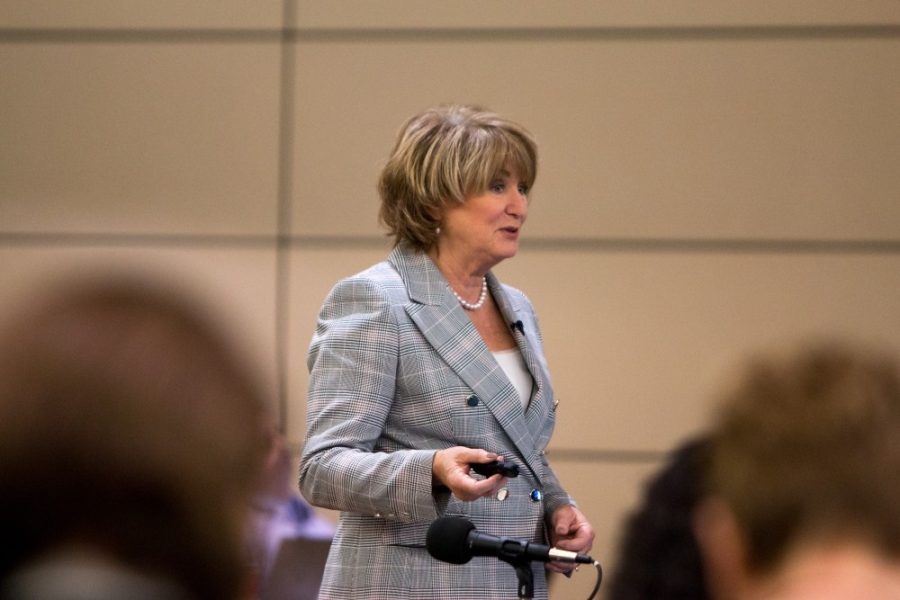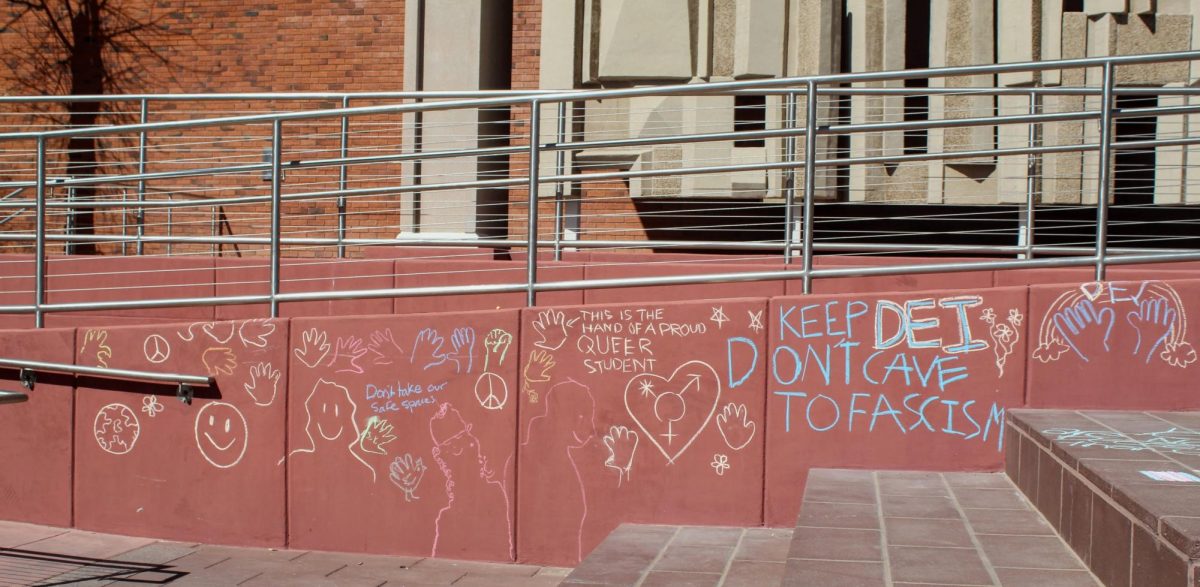As student loan default rates continue to soar, incoming UA freshmen and current students not under the cost freeze guarantee offered by the university can expect to pay hundreds more in tuition and fees compared to last year.
According to a recent memo from UA President Ann Weaver Hart to the Arizona Board of Regents, the university is proposing a 1 percent tuition increase for both resident and non-resident students, in addition to the new and increased student fees.
A new fee, a $100 charge for undergrads and $50 for graduate students is proposed “to support facilities and ongoing operations and programmatic services for athletics,” according to the memo.
Graduate students will be able to opt out of the plan, which provides free admission to UA sporting events, excluding men’s basketball. Undergrads will not have an opt-out option and will also not have football tickets covered.
The health and recreation fee paid by students will increase nearly 50 percent, from $300 to $425, while the IT/library fee will increase $55, to $535. The student services fee will more than double, from $70 to $150.
Combined with the increase in tuition, new students enrolling for the 2017-18 school year can expect to pay $458 more than this year’s rates for residents and $690 more for non-residents, according to the university.
Current resident undergraduate students who are not in the guarantee program will see an increase of $452 from last year, with a $658 increase for non-residents.
Resident grad students will experience a $414 increase, while non-residents will see a $612 jump. Grad students will now be eligible for the tuition rate guarantee for the first time, which was one goal of student leaders who took part in the discussions with university officials.
“Student priorities included expanding predictability for students by including graduate students in a guarantee for mandatory fees and, when setting the guaranteed tuition and fees for incoming students, keeping the tuition increase as low as possible to counter the impact of increases to mandatory fees,” said the memo.
The announced plan for increases comes just days after the non-profit Consumer Federation of America research organization announced that “as of the end of 2016, 42.4 million Americans owed $1.3 trillion in federal student loans.
“These figures exclude borrowing through private student loans, credit cards and home equity loans to finance the growing costs of college,” said the organization’s report.
According to the report, the average amount owed per federal student loan borrower is more than $30,000.
More than 1 million borrowers defaulted in 2016.

All of the UA fee increases are to support the university’s “Bear Down Student Services District,” a multi-faceted student success hub that stretches across the Main Library, Bear Down Gym, the Science-Engineering Library and the Integrated Learning Center.
“The District integrates academics, support services, research, engagement, recreation, wellness and a host of other factors that influence student success,” according to the board. “In building this unique national model for student success and cross-campus partnership, the District is not just an inventive approach to redevelop and re-imagine the campus core; it also points the way forward for university libraries as those institutions redefine their roles on campuses across the country.”
RELATED: Student debt rises with tuition as state funding declines
If the new student fees are passed, this would translate to a more than $10 million increase in funding for the District annually after four years, based on 2015 enrollment figures.
Students will also be providing millions each year for the university’s athletic facilities, many of which have housed and/or been named after famous professionals from across the sporting spectrum.
The increases will not affect the approximately 92 percent of current UA students enrolled in the tuition guarantee plan.
“We are proud that this plan promises zero tuition and fees increases to current students enrolled in the tuition guarantee for the duration of their four years and that it also extends that 0-percent increase guarantee in both tuition and fees to all incoming resident and non-resident undergraduate students at the new rate,” Hart wrote.
The regents have set a public meeting for Tuesday, March 28, from 5-7 p.m. in the Education building, Room 102, to discuss tuition and fee rates from all three state universities.
Public comment will be available on a first-come, first-serve basis.
The university presidents will then present their proposals during a tuition workshop from 10 a.m. to 2 p.m. on Thursday, March 30.
The regents are then expected to set tuition and fees on April 6.
To submit a comment to the regents, e-mail the board at tuition@azregents.edu, by mail at 2020 N. Central Ave., Suite 230, Phoenix, AZ 85004, or by fax at (602)229-2555.
Comments received prior to April 3 at 5 p.m. will be shared with the regents before a decision is made.
Follow Andrew Paxton on Twitter.









